Léo Guignard (IBDM)
Understanding developmental reproducibility at the single cell scale
Background
May 2021 - present | CENTURI group leader
2019 - 2021 | Post-doctoral Associate in D. Kainmueller group, IRI-MDC, Berlin, Germany.
2016 - 2019 | Post-doctoral Associate in P.J. Keller group, Janelia Research Campus, Ashburn, VA, USA.
2011 - 2015 | PhD in Biology: Quantitative analysis of animal morphogenesis: from high-throughput laser imagingto 4D virtual embryo in ascidians
Location
Luminy campus, Marseille (France)
About his research
We are interested in applying Computer Science to quantitatively characterise and understand this developmental reproducibility across spatial and temporal scales.
We are pursuing two main research axes:
-
Building average representatives of a population of developing embryos
-
Characterising developmental variability across spatio-temporal scales
An atlas framework
In order to quantify developmental reproducibility, it is necessary to be able to compare different individuals within a population. We are developing algorithms that allow to co-register multiple embryos in a fully non-linear fashion enabling the construction of a synthetic average of embryogenesis. We mainly use Drosophila embryos movies acquired with fluorescence light-sheet microscopes but we are always excited to work with new organisms!
Quantifying developmental reproducibility
Developmental reproducibility is achieved at multiple scales depending on the tissue or the organism observed.
Therefore, quantifying this reproducibility has to be done across spatial scales, from the single cell to the whole embryo scale. We develop machine-learning based algorithms to automatically detect the different scales of reproducibility within a population of embryos throughout their development.










